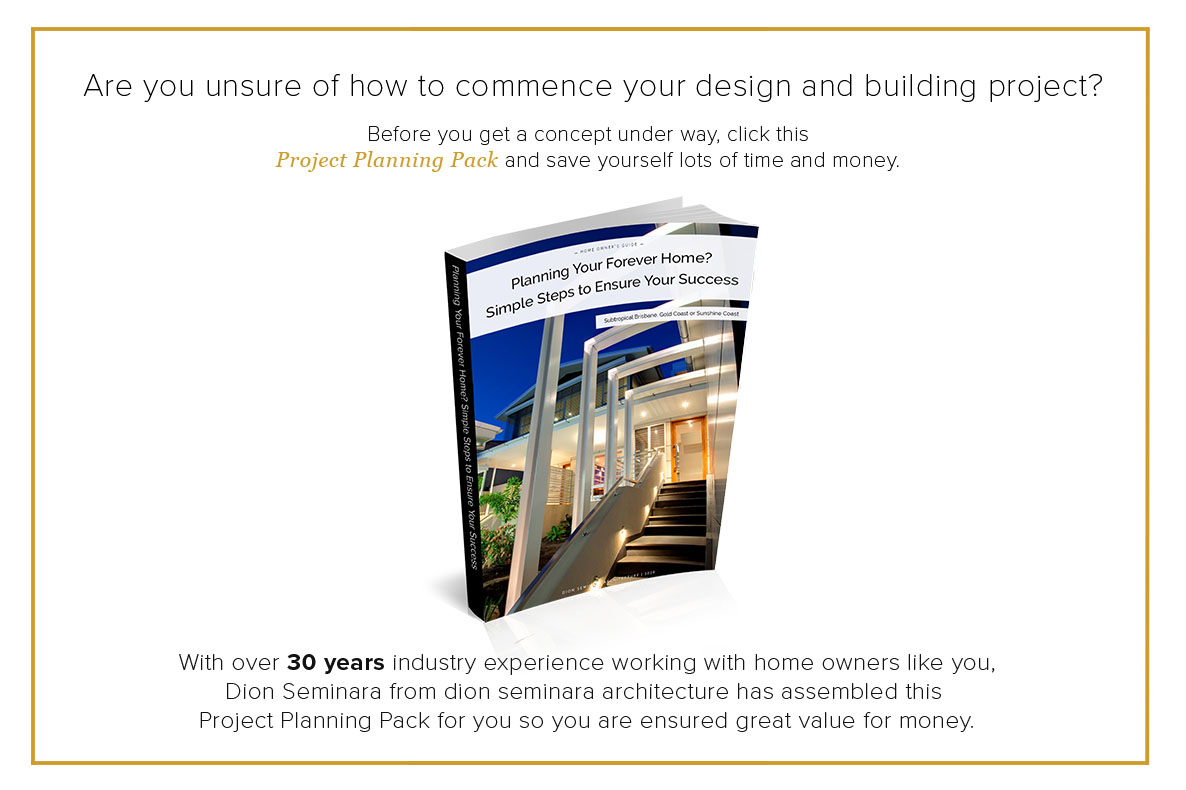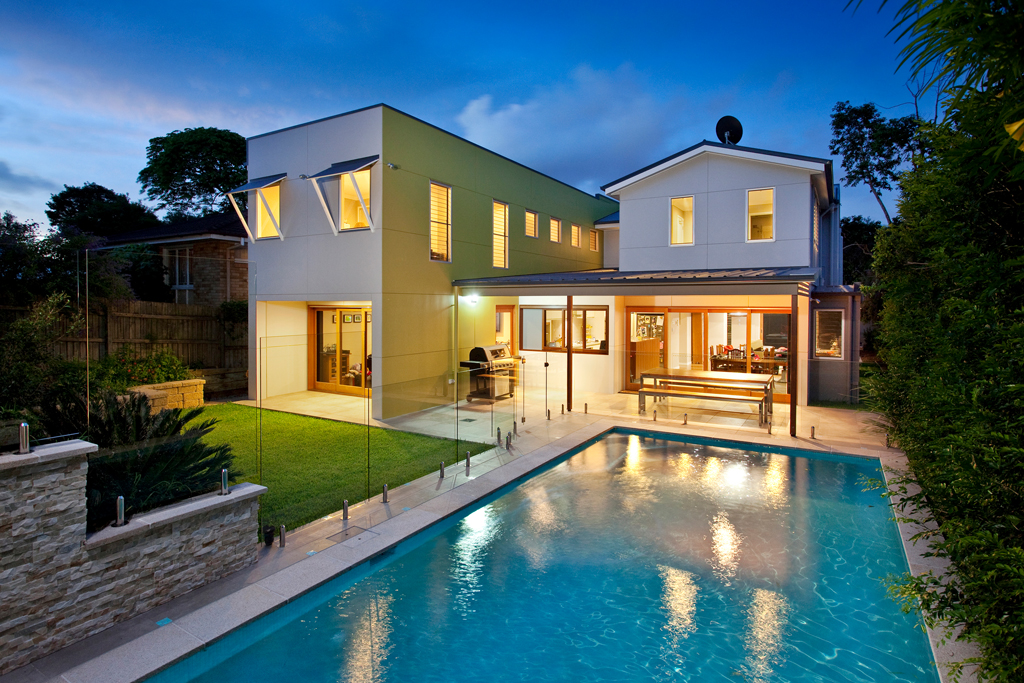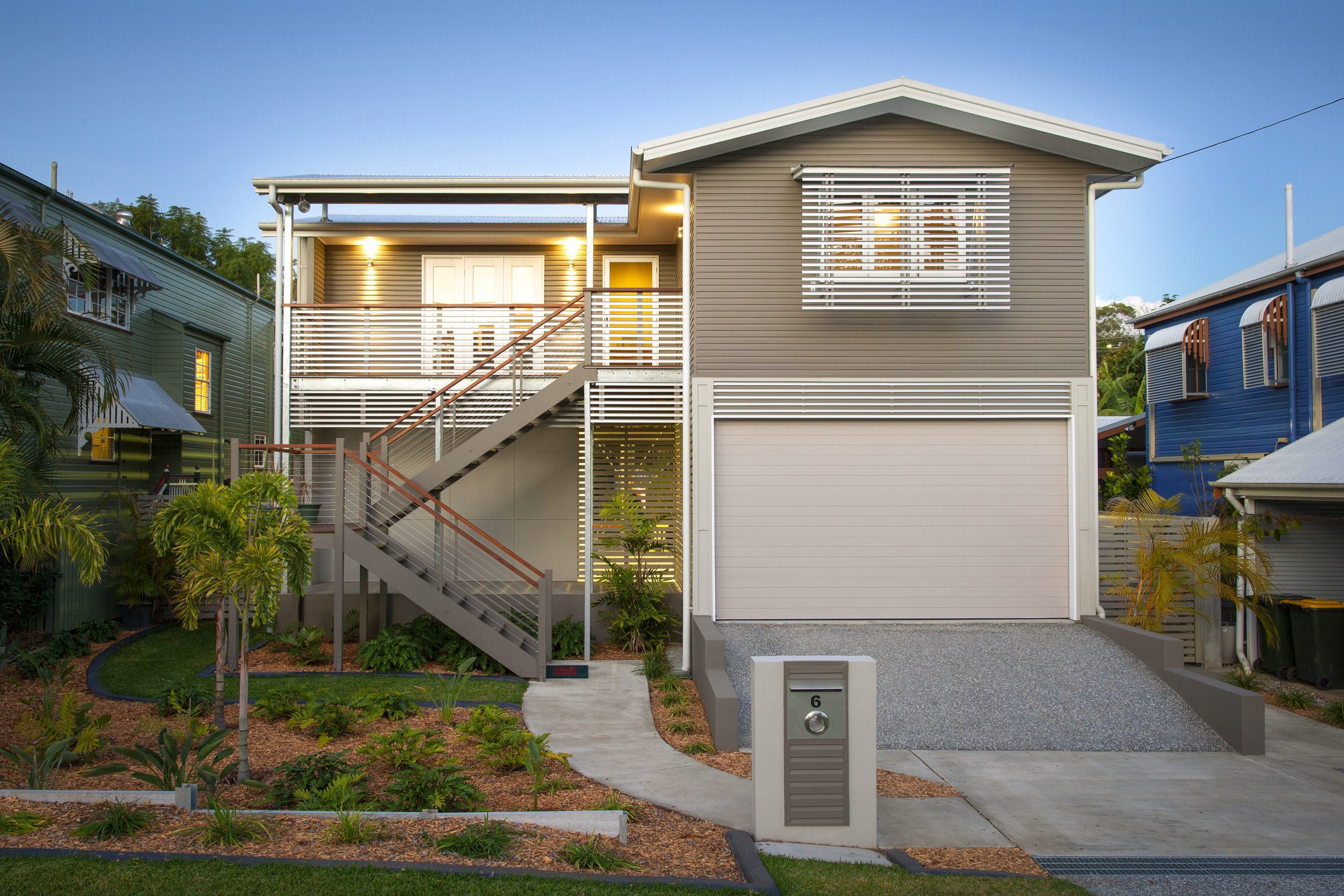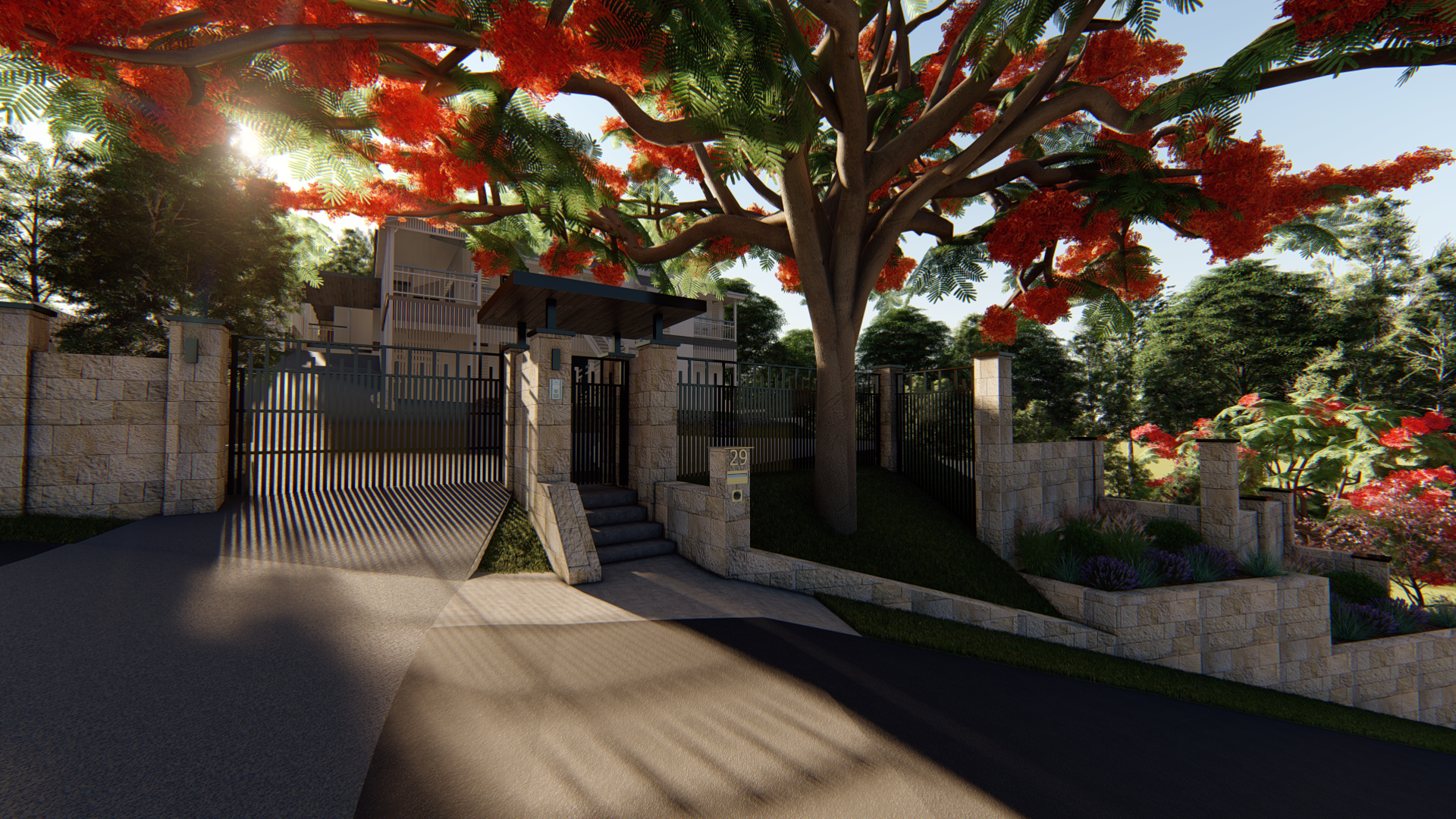
Biophilic Design: Why You Should Incorporate It In Your Home
Lifestyle, New Homes, Renovations, Tips and AdviceHumans are part of nature. We are not alien invaders, although sometimes we may be portrayed that way due to the negative impact we have on the environment around us. But we are of this world and because of this, most of us have an affinity with nature and living things, even if we don’t always realise it. And it’s this connection to nature that is the cornerstone of biophilic design.
Obviously, we’re not all drawn to every living thing. Most people steer clear of snakes and spiders for example for obvious reasons. But watch someone with a dog in a park and see how many people want to go up and pat it and interact with it. We tend to feel better and healthier when we spend time outside in the fresh air. It’s natural for humans to want to be out in nature. But similarly, we also want and need shelter.
Unfortunately, over the years home designs have tended to remove us from the outside world. Think about Brisbane house designs from the early parts of the twentieth century. These were homes that were often modest in terms of internal space, yet they had wide, open verandas and big backyards. These were homes that were designed for shelter, not for living our entire lives in. But over the years things began to change to the point where we now often find ourselves feeling more and more disconnected from the natural world. But biophilic design aims to change that.

Toowong Home Renovation – Biophilic Design Entertaining Area
What is biophilic design?
The aim of biophilic design is to reconnect us with nature. It does this in several ways and is used in architecture and interior design alike. It’s a blending of building, interior and landscape design, which is the range of services that we at dion seminara architecture have offered for more than three decades.
The term “biophilia” refers to the innate human affinity for nature and living organisms. Biophilic design recognises this connection and looks to create spaces that enhance human well-being, productivity, and overall happiness by incorporating elements of nature.
Biophilic design incorporates natural materials like wood and stone, into the construction of the building. It seeks to maximise natural ventilation, make use of natural light, and incorporate views of the outside world to create a more stimulating, healthier environment. Inside, things like living walls, indoor plants, and internal water features are often included to enhance this feeling of being connected to nature.
This design philosophy mimics natural environments using natural colours, patterns, and textures. This can be done in a number of ways including using organic shapes, materials with natural textures and earthy tones, each contributing to a more visually pleasing and calming atmosphere. These designs tend to be warmer, and more inviting than modern design trends like industrial or minimalist designs.
It’s not just aesthetic aspects that contribute to biophilic design. This design philosophy often integrates nature and natural processes into the home design as well. How does it do this? Well, sustainable landscaping, green roofs, and rain gardens are a few of the ways in which this can be achieved. These not only enhance the visual aspect of the home, but it also helps improve air quality and regulate temperature, as well as providing habitats for local wildlife. If you want to truly feel connected to nature, look no further than a quality biophilic design created by dion seminara architecture.
There are numerous benefits to incorporating biophilic design principles into your home. For this reason, the design principles are being woven into the design of office buildings, homes, and public spaces. Anywhere humans gather or reside can benefit from this connection to the natural environment.
The concept of biophilic design isn’t new. It originated in the early 1980’s. Biologist Edward O. Wilson used the term in his 1984 book ‘Biophilia’. Edward, a University Research Professor Emeritus at Harvard, observed that human beings have an attraction to the natural world and its structures. However, the desire to incorporate nature into building designs has existed for centuries. The Greeks and Romans understood the importance of connecting with nature. Their architecture included such features as courtyards atriums, and gardens within their buildings.
But, whilst the term and principles have been around for a long time, it’s only recently that we’ve started to move back toward this type of architectural design as we seek to bridge the gap between the built environment and the natural world. Our hectic and often sterile modern lifestyles can certainly benefit from reconnecting with nature.
What are some key architectural features of biophilic design?
So, we understand that biophilic design is about creating a connection between us as humans and our natural environment, but what specifically does that look like from an architectural perspective? To gain a better understanding, here are some key design features that are commonly found in biophilic architectural design:
- Natural Light: An obvious feature is having ample natural light. Utilising large windows, skylights, and even light wells allows for the influx of natural light into your home. This gives the triple benefit of cutting down on the need for artificial lighting, improving mental and physical health, and providing a visual connection to the outdoors.
- Views of Nature: At the heart of biophilic design is the visual connection to nature. Our designs capture views of gardens, landscapes, water bodies or other natural elements. Each of these combines to create a sense of connection and tranquillity.
- Indoor Plants: Indoor vegetation is a large part of biophilic design architecture. We’re not just talking about a few plants in pots. Think vertical gardens and living walls that not only create a visual connection to nature but improve air quality at the same time.
- Natural Materials: A key feature of biophilic design is the use of natural materials. These materials may include wood, stone, slate, cork, or bamboo. The materials chosen will depend on the overall style of the house and the connection they offer to the outdoor spaces surrounding the home.
- Organic Shapes and Patterns: Here we’re looking at shapes inspired by nature. The natural world isn’t full of straight lines and symmetrical shapes. Broke up patterns, curved lines and biomorphic forms inspired by nature add to the harmonious and soothing environment these types of designs create.
- Water Features: Water elements like fountains, ponds, water walls, or even trickling streams, can help add to the sensory experience offered by biophilic designed homes. The soothing sound and movement of water contribute to the tranquillity associated with this design approach.
- Natural Ventilation and Airflow: We prioritise designing spaces that facilitate natural airflow and ventilation. As skilled architects specialising in sustainable and eco-friendly homes, we utilise various techniques to maximise healthy cross-ventilation opportunities throughout the home.
- Biomimicry: Biomimicry is the practice of drawing inspiration from naturally occurring forms, processes, and systems to solve design challenges. Biomimicry in architecture is taking inspiration from the natural environment and incorporating it into the design of the home. Things like natural ventilation, or structural designs inspired by natural patterns.
A biophilic architecturally designed home may feature others as well. The overall goal is to create homes and spaces that reconnect people with nature. And there are a host of benefits that come with doing that.
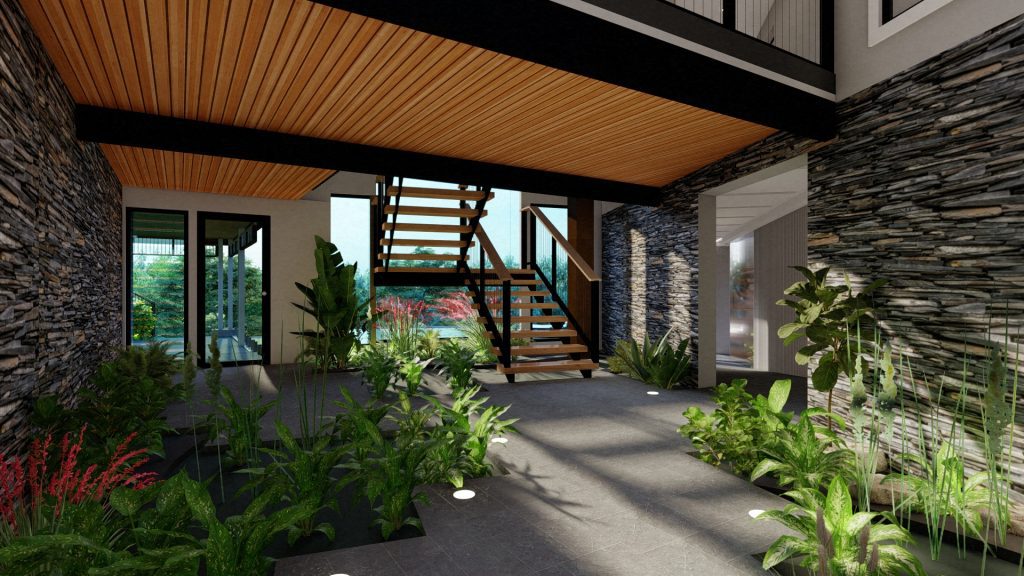
Brookfield Renovation – Biophilic Design Foyer
Why add biophilic design principles to your home?
So, why would you want biophilic design principles in your home design? Well, there are a host of benefits, here are some of the key ones:
- Improved Health and Well-being: At a time when many people are struggling with stress and mental health issues, getting back to nature has never been more important. Biophilic design has a positive impact on health and well-being. Increased exposure to daylight, views of nature, and other natural elements can help to reduce stress and improve our moods. Homes designed by dion seminara architecture are always created with this in mind.
- Connection with Nature: Through the incorporation of natural elements, materials, and patterns, biophilic design gives people a sense of connection and affiliation with the natural world.
- Increased Productivity and Performance: Whether working from home or engaging in household tasks, an environment that leaves you feeling lethargic and unmotivated can be detrimental. Homes designed with biophilic principles offer greater access to natural light and views, leading to improved concentration, cognitive function, and productivity.
- Stress Reduction: We all know the calming effect of standing in the sunlight, or feeling a gentle breeze on our faces when stressed. Architecturally designed homes with biophilic principles provide ample natural light and airflow, creating a relaxing environment that reduces stress.
- Aesthetic Appeal: Biophilic designs, when created by dion seminara architecture, are inviting, visually appealing spaces. By integrating natural elements, organic shapes, and textures, these designs enrich your home with a harmonious blend of architecture and nature, resulting in peaceful and stunning spaces that you’ll never want to leave.

North Lakes New Home – Biophilic Design Front Entrance
How do I implement this in my home?
Brisbane is the perfect climate to take full advantage of the benefits of biophilic design principles. Our subtropical climate invites us to open our homes and connect with nature. But simply throwing in a few large windows and some indoor pot plants is not what this is about.
The design of your home still needs to be unique to your needs. Your bespoke design needs to blend your lifestyle needs with biophilic design principles, whilst taking full advantage of what your block has to offer. At dion seminara architecture we understand that, which is why each of our designs starts from scratch as a blank canvas.
If you’re renovating, then we are the architects that can show you how to incorporate these principles into your home design. Imagine waking up every morning, or coming home every afternoon to a home that removes stress and tension. Imagine a home that’s designed to improve your physical and mental health. Now imagine that home is perfectly tailored to suit your needs. If you can imagine that then you’re picturing a home designed by dion seminara architecture.
Biophilic residential home design principles can give you all those things and more, but you need a Brisbane architect who understands these principles in detail. One who can blend what you want, with what you need and add in benefits you hadn’t even thought of. dion seminara architecture can create that for you, designing a home that is a tranquil sanctuary for you and your loved ones. If that sounds like something you would like, then contact us today and let us help make your dream home a reality.

DION SEMINARA, DION SEMINARA ARCHITECTURE
We are experts at home design, renovations and new homes and ensure good value for money outcomes.Hi, I am Dion Seminara, practicing architect and licensed general builder for 30 years as well as an environmental sustainable design (ESD) expert. I graduated from Queensland University of Technology (QUT) with honours, QLD in 1989. Registered as an architect in 1991 and registered as a builder in 1992, I am also a fellow member of the Australian Institute of Architects (AIA). Having received 12 ArCHdes Residential Architecture Awards, LJ Hooker Flood Free Home Design Award and the 2016 AIA Regional Commendation for Public Architecture, my expertise with both residential renovation (to all types of houses, especially Queenslanders, 50s/60s/80s), new contemporary homes and luxury residences has earned me a reputation as one of Brisbane's architectural specialists in lifestyle design architecture, interior design and landscape design.






